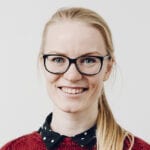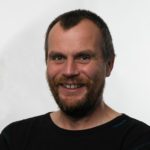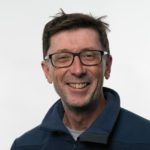Effects of site, depth and sori origin on the growth and minerals composition of cultivated Saccharina latissima (Phaeophyceae) in the north of Norway
Publikasjonsdetaljer
Tidsskrift : Journal of Applied Phycology , p. 1–13–12 , 2021
Utgiver : Springer
Internasjonale standardnummer
:
Trykt
:
0921-8971
Elektronisk
:
1573-5176
Publikasjonstype : Vitenskapelig artikkel
Lenker
:
ARKIV
:
hdl.handle.net/11250/2829761
DOI
:
doi.org/10.1007/s10811-021-026...
Forskningsområder
Mat fra nye kilder
Råvarekunnskap
Har du spørsmål om noe vedrørende publikasjonen, kan du kontakte Nofimas bibliotekleder.
Kjetil Aune
Bibliotekleder
kjetil.aune@nofima.no
Sammendrag
Interest in the cultivation of Saccharina latissima is increasing in the north of Norway. In the present study, S. latissima was cultivated at two sites (Kraknes and Rotsund), 90 km apart, in Troms, northern Norway (69–70°N). The effect of site, depth, and sori origin (Kraknes and Rotsund) on S. latissima growth, biofouling, minerals, and potentially toxic elements (PTEs) content was studied. Large variations in the frond length and wet weight were observed between sites. The site with lower seawater temperature, higher nutrient levels and no freshwater influence (Kraknes) had better growth and later outbreak of epibionts. Sori origin had a significant effect on the growth only at the Kraknes site with S. latissima produced from the Kraknes sori having longer frond length and higher wet weight. The iodine content was, in general, high and increased with cultivation depth. The arsenic and cadmium content varied between sites and was lower than the recommended maximum level for food supplements in EU regulations. The present study shows that growth, biofouling, minerals, and PTEs content vary profoundly within the same geographical region and between sori origin, it thereby underlines the importance of site selection and using traits with high growth rates for seeding and cultivation to achieve maximum biomass.



